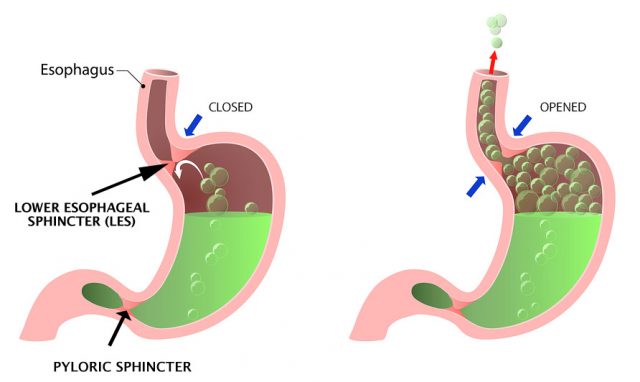People with AML must be treated. Generally with AML around 20 out of 100 people around 20 will survive their leukaemia for 5 years or.
 Overall And Relapse Free Survival Rates In Aml Patients With No Dmrgm Download Scientific Diagram
Overall And Relapse Free Survival Rates In Aml Patients With No Dmrgm Download Scientific Diagram
P 02 secondary AML HR 135.

What is survival rate for aml after transplant. In Canada the 5-year net survival for AML is 21. They come from the National Cancer Intelligence Network NCIN. Using an allogeneic stem cell transplant as consolidation has a higher success rate but it also has a higher risk of death as a complication.
This means that about 21 of people diagnosed with AML will survive for at least 5 years. P 001 and deletionmonosomy 5 HR 15. In multivariate analysis the factors associated with an increased risk of relapse were age 40 years.
Probabilities of disease-free survival at 10 years were 82 for AML 82 for ALL 78 for MDS and 82 for lymphoma. The median overall survival OS was 8 months with 1-year OS of 35 95 confidence interval CI 25-46 and the median progression-free survival PFS was 5 months with 1-year PFS of 25 95 CI 16-35. Leaving the hospital after a stem cell transplant is a blessing.
Prognosis and survival depend on many factors. Adult acute myeloid leukemia AML is a cancer of the blood and bone marrow. People with acute myelogenous leukemia AML may have questions about their prognosis and survival.
The 5-year survival rate for people 20 and older with AML is 26. This type of cancer usually gets worse quickly if it is not treated. However survival depends on several factors including biologic features of the disease and in particular a patients age see Subtypes for more information.
Whereas age HR 115 per 10 years. Among patients who were free of disease two years after transplantation the probability of living for five more years was 89 percent 95 percent confidence interval 88 to 90 percent. This means that of the tens of thousands of Americans living with AML an estimated.
Single-institution trials of full-intensity transplantation suggest that patients with AML or ALL who are transplanted after achieving CR2 have a disease-free survival rate of approximately 40-50 a number that is often used in the discussion with the patient implying that the possibility of cure remains even after the failure of upfront therapy to cure the patient. Allogeneic hematopoietic cell transplantation alloHCT is a potentially curative treatment option for patients with acute myeloid leukemia AML. The statistics below are for people with AML diagnosed in England between 2008 and 2010.
The five-year overall survival rate for AML is 274 percent according to the National Cancer Institute NCI. Life after my stem cell transplant. Overall survival for AML.
P 001 active disease at transplantation. As a result stem cell transplant patients have to take precautions that make sense but are sometimes not too much fun. Nonrelapse mortality NRM and relapse at 1 year were 20 and 53 respectively.
Prognostic factors influencing survival after allogeneic transplantation for AMLMDS patients with TP53 mutations Blood. However it is a little like a game of Russian roulette. AML is also called acute myelogenous leukemia acute myeloblastic leukemia acute granulocytic leukemia and acute nonlymphocytic leukemia.
Hazard ratio HR 11 per 10 years. Similarly for patients who underwent transplantation for malignancy cumulative incidences of NRM 10 years after HCT were 9 for AML 9 for ALL 12 for MDS and 11 for lymphoma Fig 1. P 001 secondary AML HR 136.
P 01 active disease at transplantation HR 198. Only a doctor familiar with a persons medical history type of cancer stage characteristics of the cancer treatments chosen and response to treatment can put all of this information together with survival statistics to arrive at a prognosis. Among relapsed patients the 2-year postrelapse survival rate is reported at less than 20 1 2 3 4 5 6 7.
The median follow-up for survivors was 12 months. For acute promyelocytic leukemia APL The outlook for people with acute promyelocytic leukemia APL tends to be better than for those with other types of AML although again prognostic factors can be important. For people younger than 20 the survival rate is 68.
However relapse accounts for approximately 40 of alloHCT treatment failures. Without treatment survival is usually measured in days to weeks. It is the most common type of acute leukemia in adults.
Including patients who underwent HCT from 2007 to 2017 the 3-year probabilities of survival after HLA-matched sibling transplant were 59 1 for patients with early disease 53 1 for patients with intermediate disease and 29 1 for patients with advanced disease according to the Center for International Blood and Marrow Transplant Research registry.











